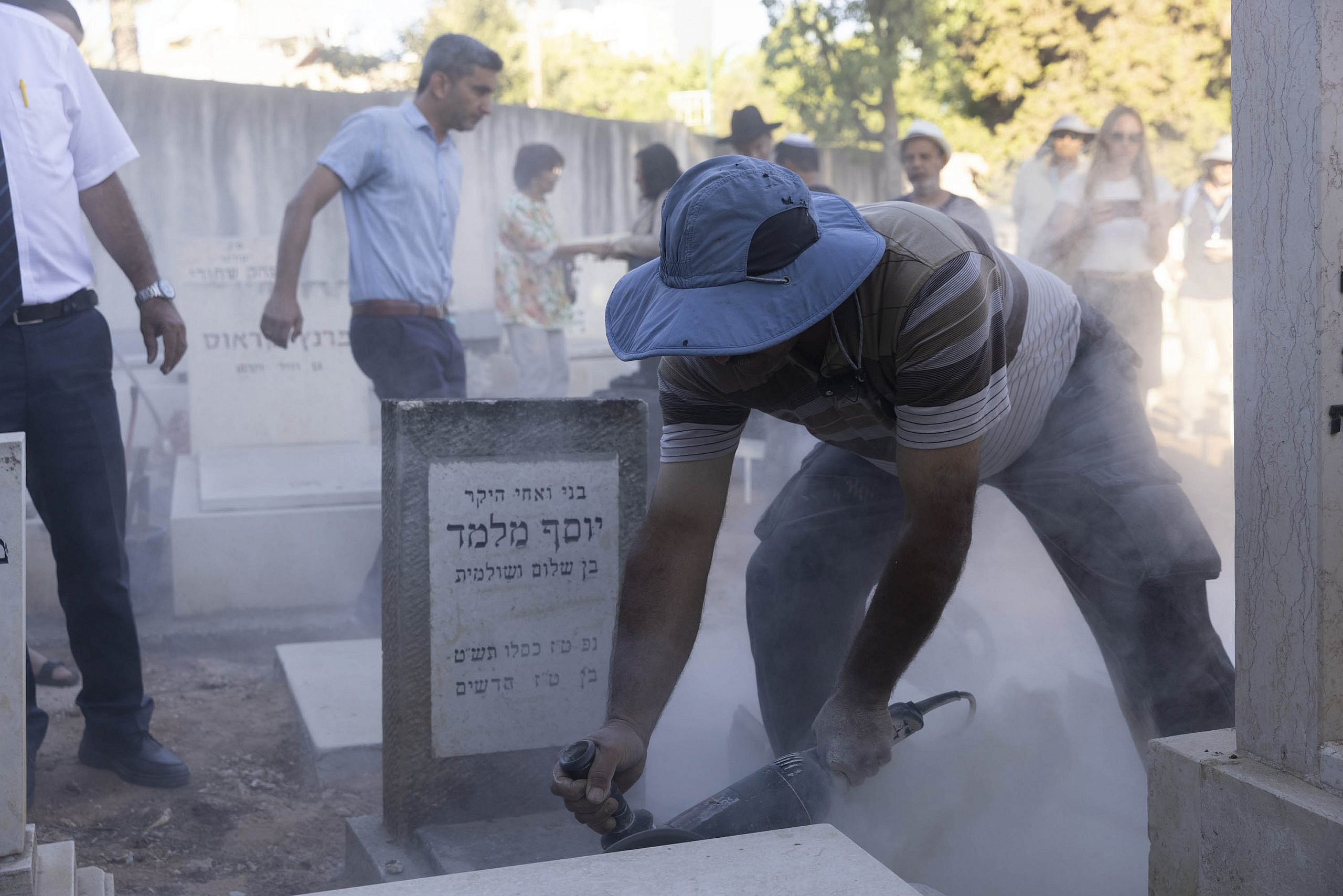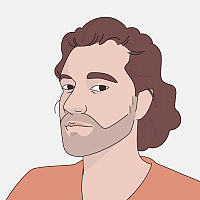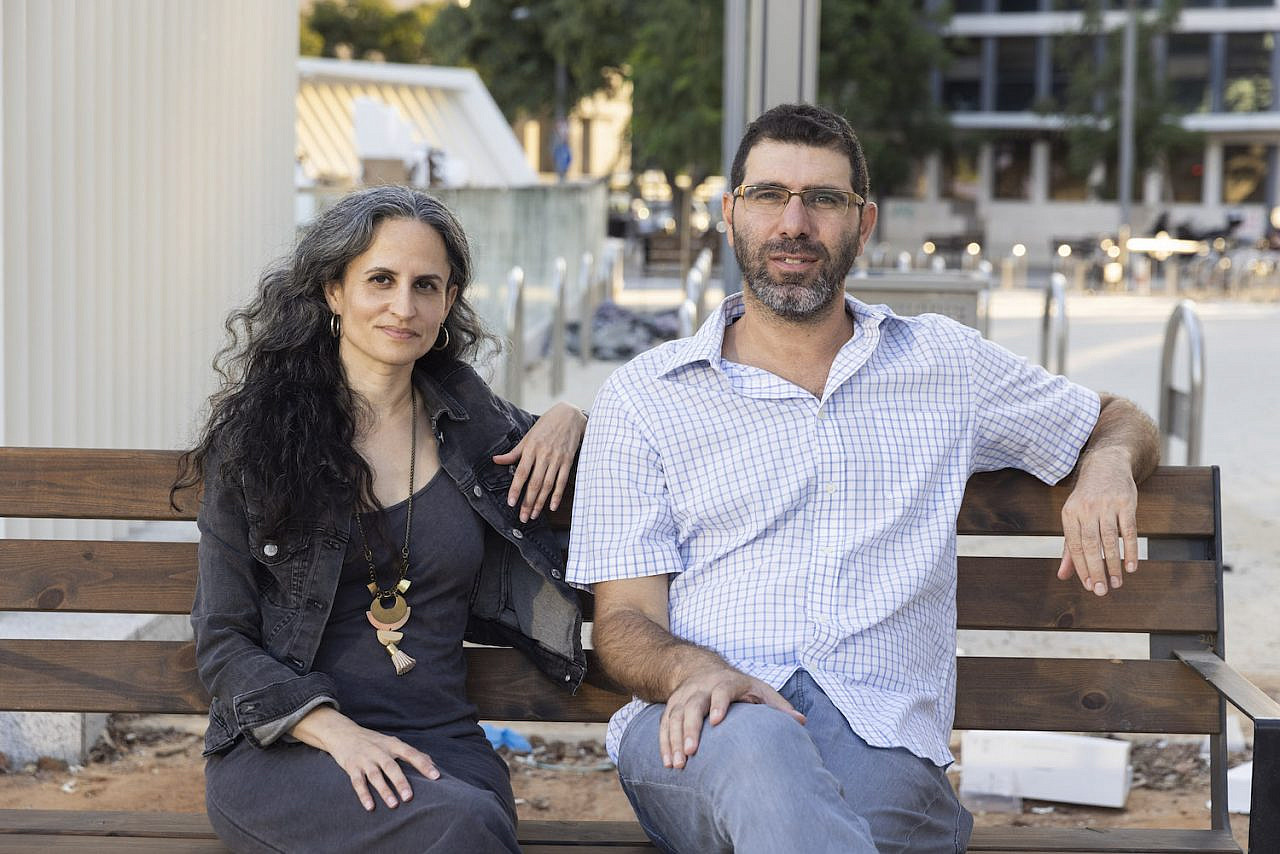On July 27, a forensic team from Israel’s Health Ministry arrived at Nahalat Yitzhak Cemetery in Tel Aviv to extract DNA from a grave that had been closed for 74 years. The name on the headstone was Yosef Melamed, a Yemenite child whose mother had brought him to Tel Aviv’s Hadassah Hospital in 1948 after he fell ill at the age of one and a half. The next morning, she was informed by the hospital staff that her child had died overnight and had already been buried. Already suspicious, when Yosef’s mother received a draft order from the Israeli army 15 years later for her dead son, she began to suspect that he might not be dead after all.
Yosef Melamed is one of over 2,000 cases in which children disappeared after being taken by state-affiliated agencies from their parents without consent, mostly during the 1950s. In each case, the parents — who predominantly lived in transit camps for new immigrants — were told that their child had died but were not shown a body, a death certificate, or often even a grave. More than two-thirds of the children who disappeared in what is now known as the Yemenite, Mizrahi and Balkan Children Affair were born to Yemenite parents; during those years, it is estimated that one out of every eight Yemenite children in Israel disappeared. The remaining disappearances were mostly children of other Mizrahi [literally “eastern”] origin, such as North African and Iraqi children, while a small number were from families who immigrated from the Balkans.
The affair has been investigated by state committees of varying degrees of authority in the 1960s, 1980s, and 1990s, over the course of which many of the families affected submitted testimonies. Some recalled how their child was not even sick when state authorities took them away; others reported being told that their child had died before going and finding them alive. But the state continues to deny any intentional wrongdoing, arguing that the disappearances were the result of the difficulties associated with mass immigration during those years, and that the vast majority of those children simply died of illnesses. All the while, former health and welfare workers continue to testify to their role in handing over babies for adoption straight out of hospitals.
The Amram Association, established in 2013, is at the forefront of the struggle for recognition, justice, and healing for the families affected by the affair. Their website hosts nearly 1,000 testimonies from families, abductees, and former members of staff in state institutions, which shed light on the systemic racism experienced by Mizrahi Jews at the hands of the state’s Ashkenazi establishment during those years — racism that continues to this day in the form of denial of the affair.
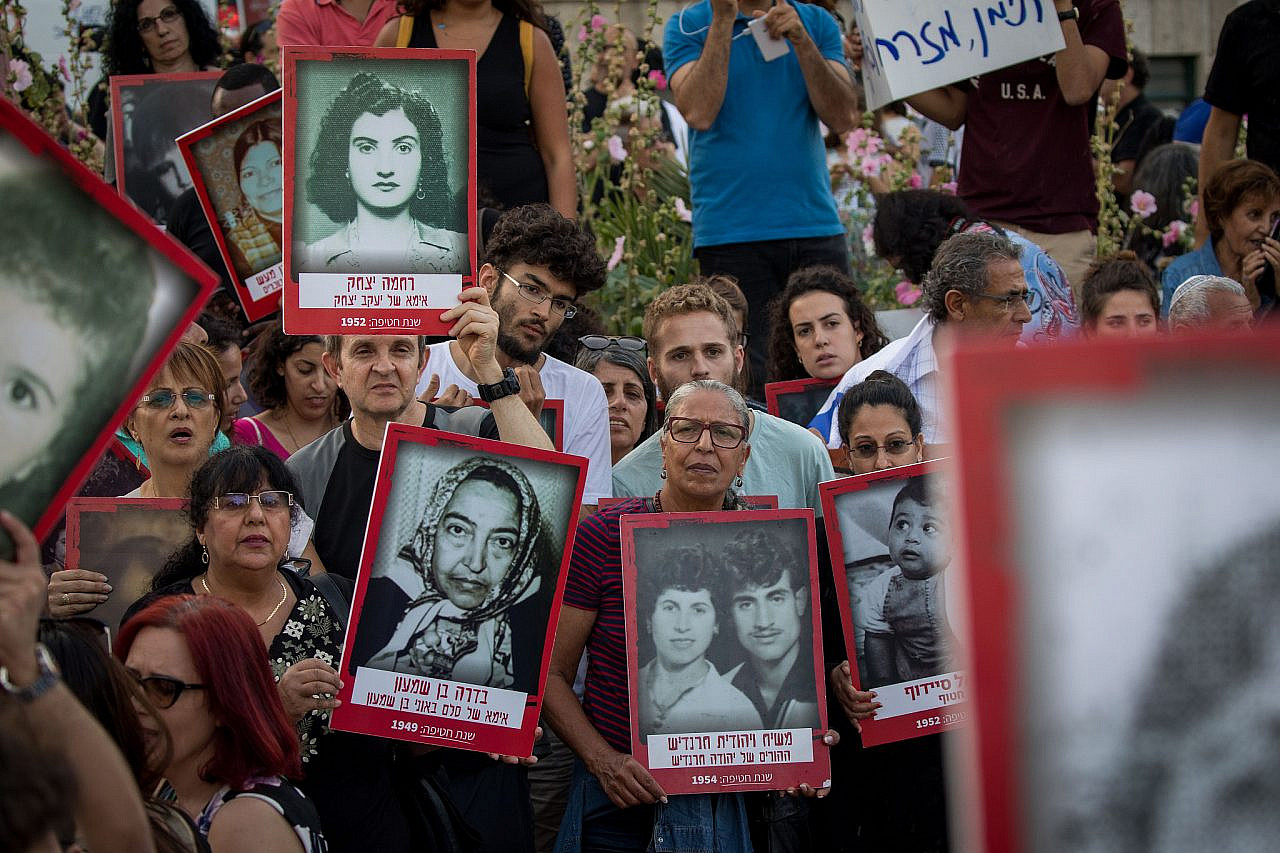
+972 Magazine spoke to Tom Mehager and Naama Katiee, Amram’s executive director and chair of the board, respectively, about the latest legal and political developments, and the families’ long road to justice. The interview has been translated and edited for length and clarity.
Why has the state begun opening up the graves of Mizrahi children, decades after they were alleged to have been buried there?
Tom Mehager: I should clarify, first of all, that this is not a move that we [as Amram] are leading — it is being led by other lawyers. It is the result of Knesset legislation: thanks to pressure from the families, there’s a temporary law in the Knesset [passed in 2018] enabling families who were told that their child was buried in a certain place to request a legal process to open the grave in the presence of a Health Ministry representative.
Naama Katiee: It’s a demand dating back to the state’s investigatory committee of the 1990s [known as the Kedmi Commission]. Back then, around 100 families said: “Okay, they’re telling us that our child died and was buried, so we want to open the grave and verify what the state says.” But the state refused to do it, so the families launched a legal battle. Ten graves were eventually opened in the 1990s, but for most of them it was impossible to conduct a DNA test to verify the family connection. Such a test was possible for only one grave, which produced a “plausible DNA match.”
We believe it is the right of each family to open their child’s grave; the state must provide funding and allow the family to do it according to their own conditions and with total transparency. This is one tool in the hands of the families for deriving all the possible information for their specific case. But it’s not a universal solution to the whole affair, both because the results are never totally clear — even today, we know that testing graves is very complex — and because in the majority of cases there is not even a marked grave: only a third of the families notified by the state that their child had died have a grave with the child’s name on it.
Nor is it [as some might suggest] a tool for determining whether the affair was real or not; the fact that children were taken away from their parents is indisputable. Even if a grave is tested and it is the family’s child, an injustice was still done to the family by the very fact that they received answers only 50 or 60 years later. So for that reason, we are saying that first and foremost the state needs to apologize and take steps toward recognition of the affair.
TM: We’re talking here about only a handful of families, whereas the affair as a whole relates to thousands of children. Therefore, [testing graves] is not a systematic response to something that we view as being part of the history of institutionalized racism in Israeli society. It’s not just a matter of a specific technical solution for one family, but of the state recognizing what happened here, apologizing, and providing justice for the families.
Last year, the findings of a report investigating racism in Israel’s health system were made public — in part due to Amram’s campaigning. The report, commissioned by the Health Ministry itself, affirmed many of the central claims made in testimonies that Amram has collected over the past decade: that during the state’s early years, children were separated from their parents due to the authorities’ racist attitudes; health professionals made medical decisions about children without their parents’ consent; parents were informed that their child had died without being shown a body, a grave, or a death certificate; and the health system was involved in mediation for private adoption. So why is the Health Ministry rejecting the report’s conclusions?
TM: The Health Ministry [which for the past year has been led by Nitzan Horowitz, chairman of the left-wing Meretz party] is trying to whitewash the content of the report. In 2017, the ministry established the Committee for the Elimination of Racism, Discrimination and Exclusion in the Health System, which was commissioned to investigate not only the affair but racism in the health system in general. We were part of that process: the authors of the report [Professor Itamar Grotto and Dr. Shlomit Avni, two senior figures in the Health Ministry] spoke with us in the course of their investigation. But just as the report was published, completely off-course, the Health Ministry sent part of it for re-examination [i.e. to get a second opinion from an expert] — the part that related to the affair.
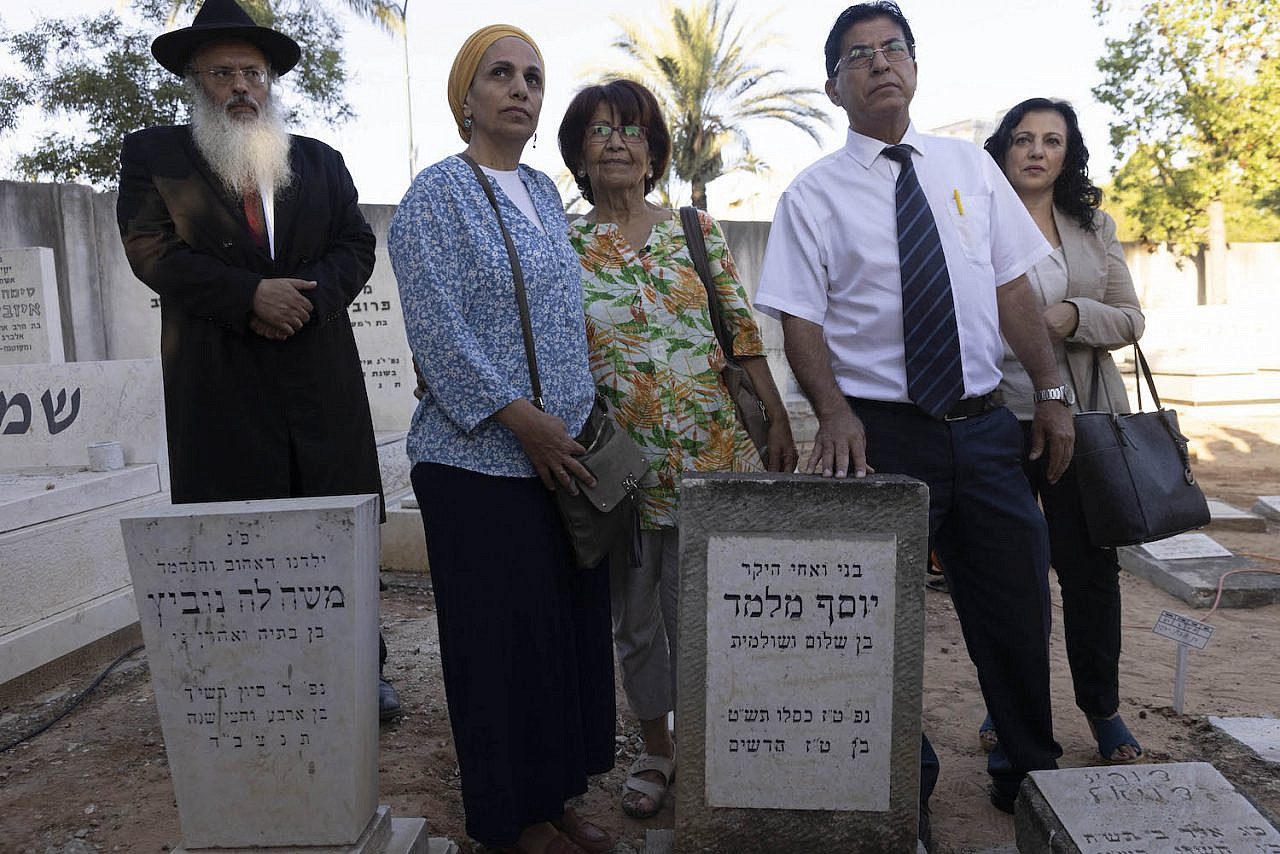
They completely removed the whole team of authors from the process, and the expert they chose for the re-examination was Professor Shifra Schwartz, who was already known to have expressed a lot of denial regarding the affair — that it was “born out of people’s imaginations,” for example. Schwartz’s official opinion [which she presented after the re-examination] is really bad: it contains factual errors regarding the affair, and it rejects the very logic of the committee, which said, “Yes, there was racism here, let’s talk about it and repair the damage that was done.” So we’re still engaged in a struggle over this; we’ve submitted more freedom of information requests regarding the process of how Schwartz was appointed, for example, when many other academics said that it was possible to work with Grotto and Avni’s report.
As we head into another election, how would you rate the performance of the outgoing “government of change” in addressing the affair?
NK: This government, especially Horowitz, behaved in a really shameful way: completely ignoring our attempts and those of the families to get in contact with them, as if we don’t exist; engaging in deep denial, which has really taken us backward with regard to the public discourse; and working with people like Schwartz, whose opinions were already known. Honestly, I’d have to say that the previous government [under then Prime Minister Benjamin Netanyahu, who in 2016 declassified thousands of documents from the state’s earlier investigations into the affair] did more to benefit the families. You can argue about how authentic that was, about the intentions behind it, but the bottom line is that we felt that the previous government was more sincere toward the families.
I think this affair challenges the notion of who is actually fighting for human rights, and for whose human rights. Because it is a human rights issue par excellence, that’s indisputable, yet we’ve seen how over the years the left managed time and time again to bungle it, even when they have had the tools to address it. So for me, beyond the importance of struggling for a solution to this affair, it also teaches a lot about Israeli politics, about “right” and “left,” and the fact that there isn’t really “right” and “left” in Israel.
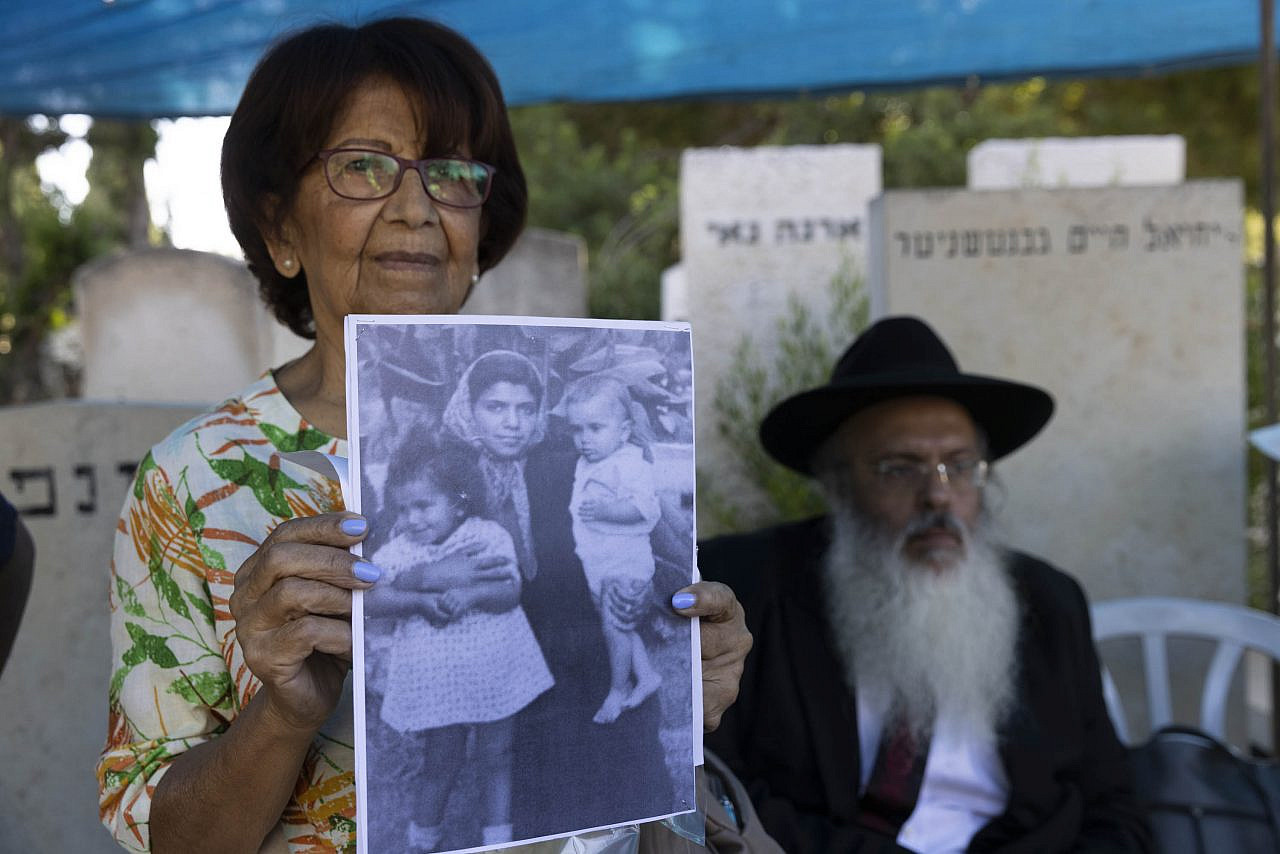
TM: They had a historic opportunity this past year, with the report that the Health Ministry itself commissioned, whose authors said to them: “Take it, begin the process of healing, and apologize.” Naftali Bennett [then-prime minister, and head of the right-wing Yamina party] also simply didn’t engage with the issue at all, even though he has spoken in the past about how terrible an injustice it was that children were taken from their parents without explanation. The report was receiving lots of media attention, and we approached Bennett’s office several times, but he, too, didn’t deal with it. So although this government came with the promise of being against corruption and being a “government of healing,” when it comes to the Mizrahi public they simply do not see us.
NK: There is denial on both the left and the right, but it usually comes from people who feel threatened by a narrative that rejects the [traditional Zionist] notion of “the beautiful land of Israel,” and the pioneers who came to make the desert bloom. [The affair] tells a different story, which is not pleasant for many of the people who hold positions of power in Israel.
At the same time, President Isaac Herzog hosted an event at his official residence on June 21 to commemorate the affair, with some of the families affected. What does it say about how the media coverage and public opinion have shifted in recent years, that such an event is possible today?
NK: The event at the President’s Residence was certainly recognition, as we have demanded. He didn’t exactly apologize to the families on behalf of the State of Israel, which is what we expected. But the fact that the president invited the families in the first place — that was our goal when we established the Day of Awareness [in 2013]: to give the stage to the families to tell their stories. And the event really was built exactly how we insisted: there were no speeches from politicians, nor even by activists; there were simply the families and their testimonies, and the president who spoke to them directly.
I know that from the point of view of the families, it was a really touching, meaningful event. And for us too: the fact that a day that we established, really spontaneously, became an official event at the president’s residence — it’s certainly a trust-building step, and it’s to the president’s credit. He’s already been in contact with us for several years, since 2016, when he tried to advance a bill in the Knesset for the state to recognize the affair.
TM: There was another bill in the Knesset recently, proposed by MKs Na’ama Lazimi from Labor and Moshe Arbel from Shas, which deals more explicitly with recognition and the state’s responsibility in the affair, and was based on Herzog’s earlier bill. If the Knesset hadn’t been dispersed, I think it would have passed. So I think there will be more positive developments in the coming years with regard to recognition and the state taking responsibility.
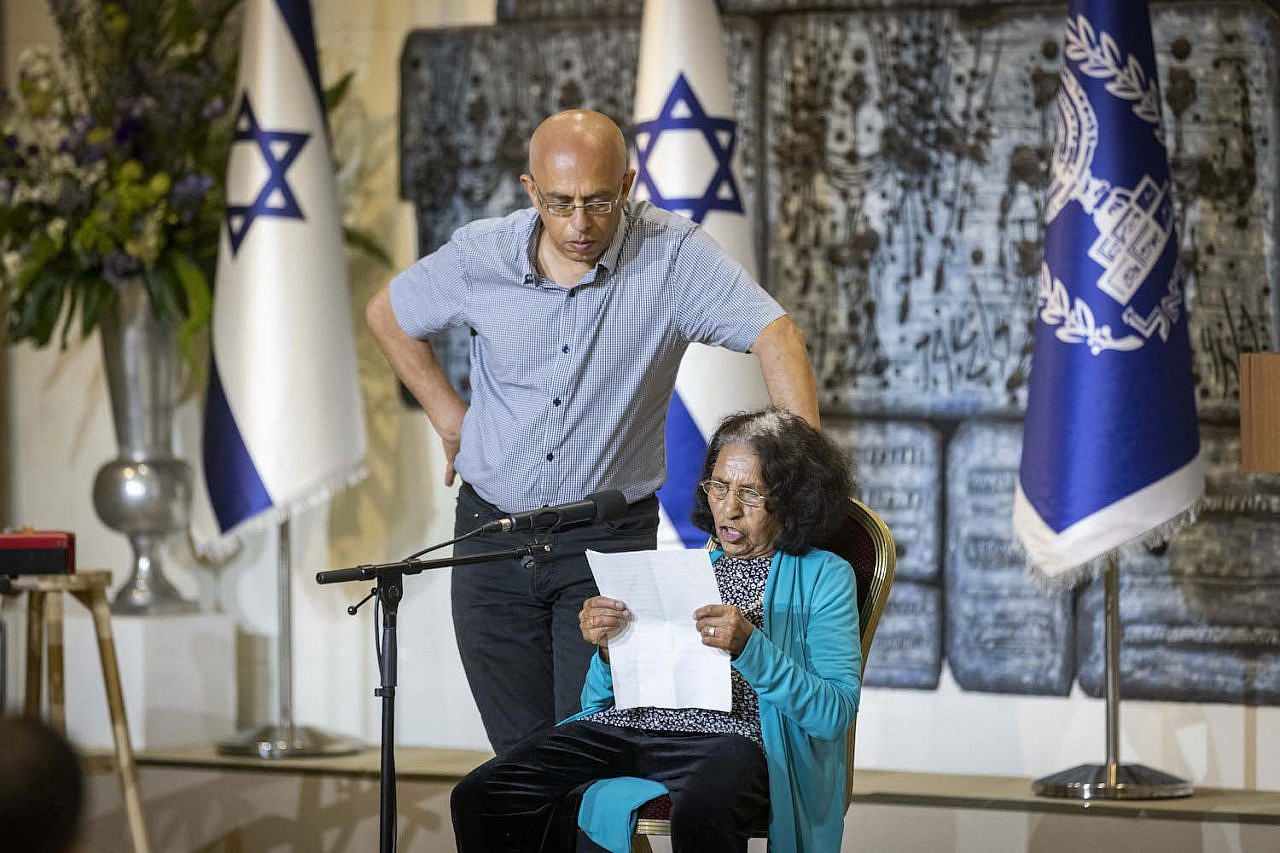
At Herzog’s event, he told the families that we are talking about a serious, disturbing affair, and that in his eyes there were systems that failed, some of them even intentionally. These are really dramatic, exceptional things [for a senior state representative to say] about the affair. So you really can say now that there is wide agreement within Israeli society that a grave injustice did in fact take place, and that’s all because of the work of the families and the organizations; no one did us any favors — we had to rock the boat. But it just reiterates how extreme the conduct of the Health Ministry has been.
NK: We find ourselves now at a stage where [the way that different branches of the state relate to the affair] is very connected to the specific person at the top: we have someone better in the president’s house, but we have Horowitz in the Health Ministry, and you can see the difference in the approach.
The phenomenon of children who belong to a certain ethnic group disappearing at the hands of state authorities, and even being given for adoption without their parents’ consent, is not unique to Israel: similar affairs have taken place in Australia (the “Stolen Generations”) and Canada (the “Sixties Scoop”), among other countries. What can we learn from these other cases, both in terms of the affair itself and also how the injustice can be repaired?
NK: We can learn a lot from other affairs; they’re very closely related to ours. What’s clear, first of all, is that no political establishment will voluntarily recognize the injustice: it’s always a process that starts with a struggle led by the families and others who join them. Something else that we see in common is that often when there is a weaker group and a more powerful group coming together [i.e. as a result of immigration within a settler-colonial context], the phenomenon of removing children from their parents appears — whether that’s telling the parents that their children died and then sending them for adoption, or cultural separation like in Canada and Australia, where children were taken from their parents in order to make them part of “enlightened society.”
We also often see the same phenomenon of denial, and of the difficulty of a marginalized group to ground their claims in an accepted form, such as documentary evidence. Marginalized groups always lack access to documentation, whereas the establishment always has the ability to document whatever it wants, and [to leave undocumented] whatever it doesn’t want. So that difficulty, the burden of “proof,” we always see in other similar affairs.
TM: The field of transitional — or restorative — justice, using oral testimonies, has developed a lot, out of this understanding that the lives of marginalized populations are not archived; nobody asked them to record the injustices they faced. But there is a new movement around the world working on the issue of restorative justice using knowledge of a different kind, and from our perspective, we are right at the forefront of it.
Finally, what does justice actually look like? What needs to happen for you to be able to say that the struggle has succeeded and your work is done?

NK: From Amram’s perspective, the state must first of all recognize its indirect and direct responsibility for the affair, and make an official apology to the families, as has happened in similar affairs around the world. After that, it must establish a mechanism for the families to receive all of the information regarding what happened to their child: whether they are dead or alive, the circumstances in which they died or were transferred somewhere else, as well as [being able to] open the grave, if the family wishes. Of course, the state must acknowledge the great suffering and harm it has caused the families, and offer adequate compensation to each family. In addition, the affair should be placed in the school curriculum and marked with an official Day of Awareness — as an affair that resulted from the racist and patronizing attitude toward the new immigrants — and with the aim of curing the sickness of racism in Israeli society.
TM: We call this “recognition, justice, and healing.” We also want the state to build a commemoration site with information about the affair, which the families and others can visit. And finally, the state must clear the name of Rabbi Uzi Meshulam [a prominent activist who died in 2013, after having served five years in prison during the 1990s for his activities to achieve recognition of the affair at a time when most still denied it, which included barricading himself and several of his supporters inside his home with an arsenal of weapons; and on whose day of death the affair is commemorated each year], and declare that he was a man of justice.

